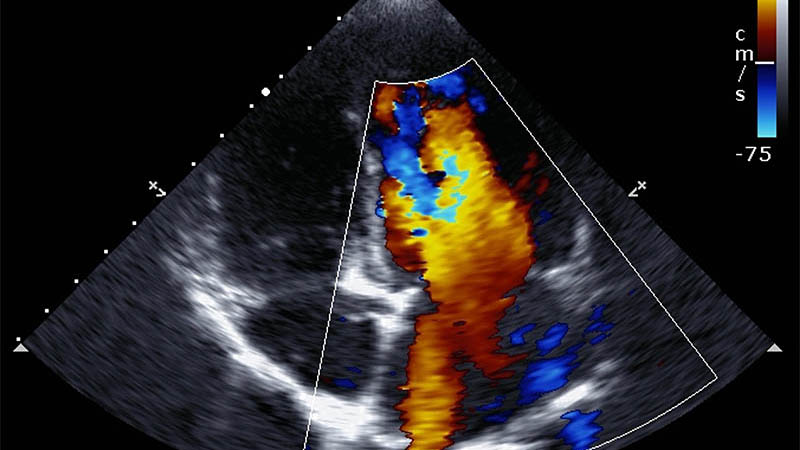- +852 1234 5678
- mycancerinfoorg@gmail.com

Ultrasound (sonography) is a medical imaging test that uses high-frequency sound waves to create real-time pictures of organs and tissues inside the body. Unlike X-rays, CT, or PET scans, ultrasound does not use radiation.
A handheld device called a transducer is placed on the skin. It sends sound waves into the body and captures the echoes, which a computer then converts into moving images.
Learn how liquid biopsy and chemo sensitivity testing can personalize your treatment plan.
Gain knowledge to actively participate in treatment discussions with your healthcare team.
Discover how precision medicine and metabolic therapies can enhance treatment effectiveness.
Empower yourself with knowledge about precision metabolic oncology and take an active role in your cancer care journey.
Our team of oncology experts is here to help you understand your diagnosis and treatment options.